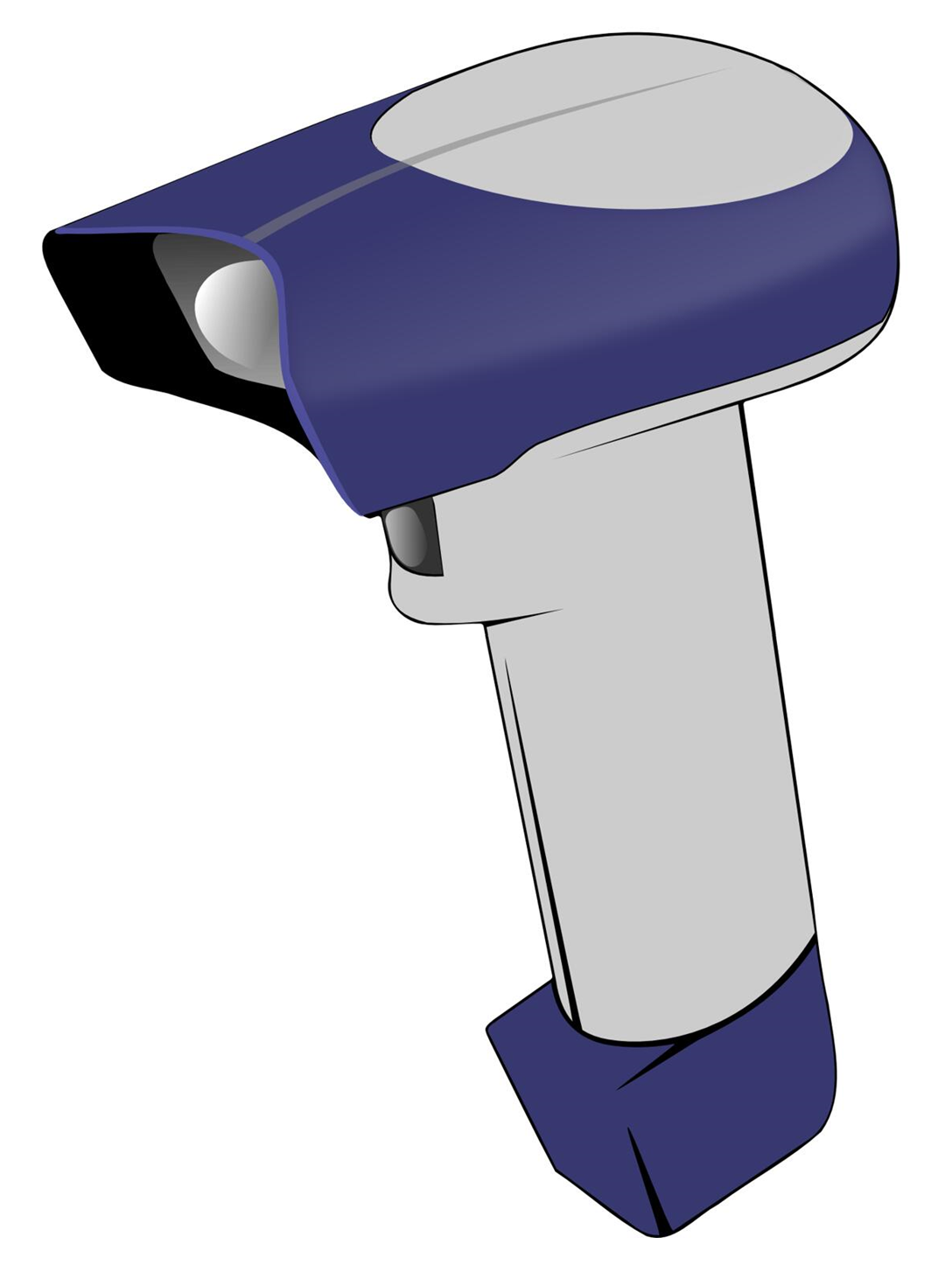How to Find the Best Affordable 3D Scanner for Your Needs

3D scanning technology has come a long way in recent years. What was once an expensive tool reserved for large companies is now accessible to hobbyists, small businesses, and educational institutions. But with so many options available, how do you find the best affordable 3D scanner for your needs? Follow these steps to make an informed choice.
Understand Your Purpose
The first step in finding the right 3D scanner is understanding why you need one. Are you planning to use it for personal projects like creating miniatures or replicas? Professional use such as product design or quality control Educational purposes to teach students about 3D technology? Knowing your primary purpose will help you narrow down your options.
Set a Budget
Affordable 3D scanners range from a few hundred to a few thousand dollars. Setting a budget can help you focus on scanners that are within your price range. Keep in mind that cheaper options might lack some features, but they can still be effective for basic tasks.
Check Scanner Types
There are different types of 3D scanners, each with its own advantages and limitations:
Laser Scanners
These use laser beams to capture the geometry of an object. They are accurate but can be expensive.
Structured Light Scanners
They project a pattern onto the object and capture its deformation to determine the shape. These are common and offer a good balance between cost and performance.
Photogrammetry
This involves taking multiple photos of an object from different angles and using software to create a 3D model. This method is often the most affordable but can be less accurate. Choose a type that fits your requirements and budget.
Look at Resolution and Accuracy
Resolution refers to the level of detail a scanner can capture, while accuracy measures how closely the scan matches the real object. If you need high-detail models, pay attention to these specifications. For hobbyists, a standard resolution and accuracy should suffice. Professionals might need higher-end specs.
Consider Ease of Use
Not all laser 3D scanning devices are user-friendly. Some require extensive setup and calibration. Look for models that are easy to set up and use, especially if you are a beginner. User reviews and tutorials can provide insights into the ease of use.
Software Compatibility
The scanner you choose should be compatible with your computer and 3D modeling software. Some scanners come with their own software, while others require third-party programs. Ensure that the software is user-friendly and meets your needs.
Portability and Size
Consider whether you need a portable scanner. Portable scanners are convenient for scanning objects in different locations. However, they might be less stable than larger, fixed scanners. Choose a size that fits your workspace and requirements.
Try Before You Buy
If possible, try out a 3D scanner before making a purchase. Some retailers offer demo units, or you might find a local maker space that has one. Hands-on experience can help you determine if the scanner meets your needs. If you want to test some of the best 3D scanners, consider testing an Einstar 3D scanner to learn more about it.
Investing in an Affordable 3D Scanner
In conclusion, finding the best affordable 3D scanner involves understanding your purpose, setting a budget, and researching different types and features. By following these steps, you can make an informed decision and find a scanner that fits your needs without breaking the bank. Happy scanning! For more related content, visit our blog!